Prefer to listen in? Play the audio here:
The SECURE 2.0 Act, signed into law in late 2022, introduces several key updates to retirement savings plans taking effect in 2025. Here's what you should know about the major changes to 401(k)s, IRAs, and other retirement accounts:
Expanded Catch-Up Contributions
Workers aged 60 to 63 will soon benefit from higher catch-up contribution limits:
Contribution Cap: Eligible individuals can contribute the greater of $10,000 annually, or 150% of the standard catch-up contribution amount for that year.
Adjustment for Inflation: Beginning in 2026, these limits will increase annually to account for inflation.
Workplace Plans: This applies to 401(k)s, 403(b)s, and most 457(b) plans.
Mandatory Automatic Enrollment For New Plans
Starting in 2025, employers establishing new 401(k) or 403(b) plans must automatically enroll eligible employees. Key details include:
Initial Contribution Rates: Automatically enrolled employees will contribute at a rate of 3-10% of their salary.
Annual Increases: Contribution rates must increase by 1% annually, reaching at least 10%, but no more than 15%.
Opt-Out Flexibility: Employees can opt out of automatic enrollment, or adjust their contribution rates.
Exemptions: Small businesses with 10 or fewer employees, new businesses less than three years old, church plans, and governmental plans are exempt from this requirement.
Roth-Only Catch-Up Contributions for High Earners
High-income earners face new rules for catch-up contributions:
Eligibility Threshold: Workers earning more than $145,000 (indexed for inflation) must make catch-up contributions to Roth accounts in workplace retirement plans. This means catch-up contributions will be made with after-tax dollars and you will not receive a tax deduction as you would with pre-tax contributions.
Pre-Tax Contributions: Regular contributions to workplace plans remain flexible, allowing traditional (pre-tax) or Roth contributions, depending on your plan's offerings and your preference.
IRAs: This rule applies to workplace plans, but not to IRAs
Retirement Support for Student Loan Borrowers
Employees repaying student loans can now grow retirement savings:
Employer Matching: Employers can match student loan payments with contributions to an employees’ retirement account, such as a 401(k) or 403(b).
Qualified Contributions: These matches are treated as regular employer contributions under existing plan rules.
Emergency Savings Accounts
Employers can offer emergency savings accounts to support financial security:
Maximum balance: The balance for emergency savings accounts is capped at $2,500 (indexed for inflation). Employers have the option to set a lower limit. Contributions exceeding the balance cap may roll into an employee's Roth-defined contribution plan or stop until the balance decreases.
Penalty-Free Withdrawals: Withdrawals must be penalty-free and allowed at least once per month. There is no requirement to prove an emergency cause.
Eligibility: These accounts are available to non-highly compensated employees only.
Automatic Enrollment: Employers may auto-enroll employees at up to 3% of eligible wages, but employees can opt out.
Contributions: Employee contributions are made after-tax and qualify as Roth contributions. No employer contributions are allowed, but matching contributions are directed to the main retirement account.
Plan Ahead!
These changes offer opportunities to optimize retirement strategies, but early planning is key. If you’d like a personalized review of your employer benefits or retirement plan, contact our team at Aspire Planning Associates at (925) 938-2023 to learn more! Keep in mind that we do need time to review your retirement strategies and make necessary adjustments before the new rules take effect in 2025 – so don’t delay! We look forward to helping you navigate these updates and maximize your savings in 2025 and beyond.



